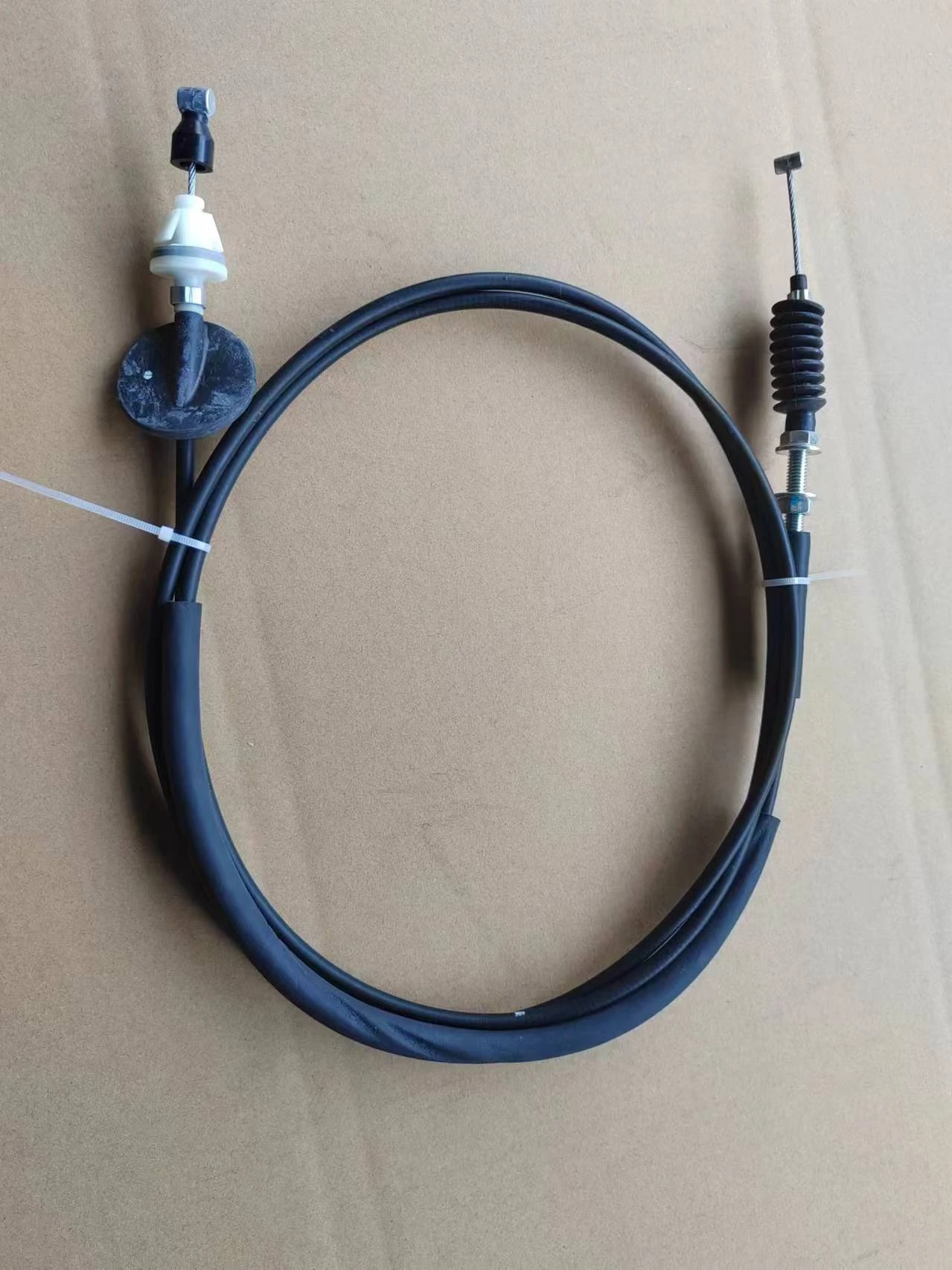Adjusting and Replacing Gear Cables for Smooth Bike Performance
Changing Gear Cable A Comprehensive Guide
Changing the gear cable on your bicycle is an essential maintenance task that can significantly improve your riding experience. Gear cables wear out over time due to exposure to the elements, friction, and general use. A worn-out cable can lead to poor shifting performance, which can be frustrating for cyclists of all levels. In this article, we will guide you through the process of changing your gear cable, ensuring that you can tackle this task with confidence and get back on the road smoothly.
Understanding Gear Cables
Before diving into the replacement process, it’s essential to understand what gear cables do. The gear cables are responsible for transmitting your gear shift commands from the shifters to the derailleurs, which in turn adjust the position of the chain on the sprockets. A properly functioning gear cable not only ensures seamless shifting but also prolongs the life of other components in your bike’s drivetrain.
Identifying the Need for a Replacement
There are a few signs that indicate your gear cables might need replacing
1. Poor Shifting If you notice that your bike struggles to shift into higher or lower gears, it might be time to check your cables. 2. Sticking Cables If the cable feels tight or is sticking when you try to shift, it may be frayed or contaminated with dirt and grime. 3. Visible Damage Inspect the cables for any visible fraying, rust, or damage.
If you encounter any of these issues, follow the steps below to replace your gear cable.
Tools Required
Before you begin the process, gather the following tools
- Replacement gear cable - Cable cutters - Allen wrenches or screwdrivers (depending on your bike) - A 5mm or 6mm hex wrench for the derailleur - A bike stand or a kickstand for stability
changing gear cable

Step-by-Step Guide to Changing Gear Cable
1. Prepare Your Bicycle Place your bike in a stable position on a bike stand or turn it upside down if you don’t have a stand. Shift the bike into the highest gear (smallest cog) for easier access to the cable.
2. Remove the Old Cable First, locate the cable anchor bolt on the derailleur. Loosen and remove this bolt with the appropriate wrench. Carefully pull the cable from the derailleur. You will also find the cable housing at the shifter end. To do this, loosen the shifter's cable anchor and slide the cable out of the housing.
3. Install the New Cable Take your new gear cable and thread it through the housing, starting from the shifter end. Make sure to secure it properly in the shifter by tightening the anchor bolt. Once you have placed it correctly through the housing, run the cable down to the rear derailleur.
4. Thread the Cable Continue to thread the cable through the derailleur’s cable tensioning mechanism and into the anchor bolt. Pull the cable taut (but not excessively tight) and then secure it by tightening the anchor bolt.
5. Adjust the Cable Tension After securing the cable, you may need to adjust the cable tension. There should be a small barrel adjuster on the derailleur or shifter that allows you to dial in the right amount of tension, ensuring smooth shifting. A good rule of thumb is to shift through each gear to test the performance, and make small adjustments as necessary.
6. Trim the Excess Cable Using your cable cutters, trim any excess cable, leaving a little bit (about 2-3 cm) in case further adjustments are needed in the future. Ensure that you cap the end of the cable with a fitting end cap to avoid fraying and ensure safety.
7. Test Your Shifts Finally, test the shifting across all gears while riding your bike to ensure everything works smoothly. If you notice any issues, go back and check your cable tension and ensure that everything is properly secured.
Conclusion
Replacing a gear cable may seem daunting, but with the right tools and a little patience, you can accomplish it easily. Regular maintenance, including changing worn cables, will help you enjoy a smoother and more efficient ride. Remember that taking good care of your bike enhances its longevity and your personal riding experience. Happy cycling!
-
Upgrade Your Control with Premium Throttle CablesNewsAug.08,2025
-
Stay in Control with Premium Hand Brake CablesNewsAug.08,2025
-
Experience Unmatched Performance with Our Clutch HosesNewsAug.08,2025
-
Ensure Safety and Reliability with Premium Handbrake CablesNewsAug.08,2025
-
Enhance Your Vehicle with High-Performance Clutch LinesNewsAug.08,2025
-
Elevate Your Ride with Premium Gear CablesNewsAug.08,2025
